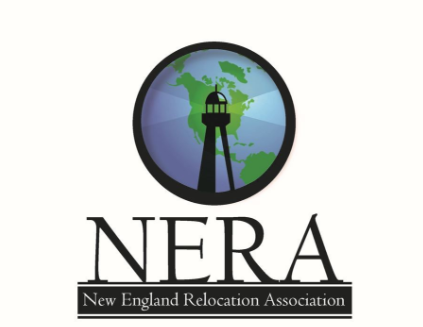TRC Global Mobility Blog

10 Tips to Navigate the Peak Summer Employee Relocation Season
Key Takeaways: Planning summer employee relocations during the peak season doesn’t have to be overwhelming. These 10 expert-backed strategies from TRC Global Mobility help HR professionals stay ahead of demand, reduce stress, and ensure a seamless experience for...

Global Short-Term Assignments: Compliance Considerations and Best Practices for HR Leaders
In Part One of this series, we explored the rising popularity of short-term international assignments (STAs) and their strategic advantages—from cost savings and rapid deployment to leadership development and global market testing. But while STAs offer agility and...

Global Short-Term Assignments: Strategic Use & Key Benefits
Part One of a Two-Part Series on Short-Term Global Assignments In an increasingly borderless world of work, companies face growing pressure to operate seamlessly across geographies, respond to global business demands in real time, and develop future-ready leaders....
TRC News

Amy Kapellusch Named CEO of TRC Global Mobility
TRC Global Mobility (TRC), a leading provider of employee relocation solutions, is pleased to announce that Amy Kapellusch has been named Chief Executive Officer of the Company. Amy brings a wealth of experience and a deep commitment to TRC’s mission of delivering...

John Svahra, CRP Joins NERA Board, Earns CRP® Designation
TRC Global Mobility (TRC) is pleased to announce that John Svahra, CRP, Director, Global Business Development, has been elected to the Board of Directors of the New England Relocation Association (NERA) for 2024. NERA provides a forum for relocation professionals to:...

John Svahra Joins TRC Global Mobility as Director Global Business Development
TRC Global Mobility, Inc. (TRC) is pleased to announce that John Svahra has joined the company as Director Global Business Development. Based in Connecticut, John will represent TRC in the Northeast US. John is a well-versed global mobility leader with 20 years of...
eBooks
TRC ebooks give you in-depth information on current relocation trends and best practices.
Case Studies
Here are just a few recent examples of our successful client projects.

TRC Centralizes Mobility Program, Manages Complex Multinational Implementation in 30 Days

TRC Facilitates an International Client’s Extended Multinational Employee Training Program

Benchmarking Relocation Policy Reduces Costs, Preserves Employee Satisfaction
Relocation Conferences and Events
WiERC – Baseball Event Joint Meeting
30 Jul 2025 Milwaukee, WI
North Texas Relocation Professionals
8 Aug 2025 Plano, TX
BAMM Summer Soiree Save the Date
14 Aug 2025 Location TBD
Southern California Relocation Council
21 Aug 2025 Orange County Location TBD
North Texas Relocation Professionals
9 Sep 2025 Carrollton, TX
St. Louis ERC Fall Educational Meeting
17 Sep 2025 Location TBD
18 Sep 2025 Location TBD
18 Sep 2025 Location TBD
BAMM Fall Meeting Save the Date
25 Sep 2025 Location TBD
WiERC – Octoberfest / Bills Rounds Fundraiser
2 Oct 2025 Location TBD
9 Oct 2025 Location TBD
28-31 Oct 2025 Salt Lake City, UT
North Texas Relocation Professionals
7 Nov 2025 Plano, TX
Southern California Relocation Council
18 Nov 2025 Long Beach, CA Location TBD
WiERC – UGLY SWEATER Holiday Meeting & Luncheon 2025
11 Dec 2025 Wauwatosa WI
St. Louis ERC Giving Tuesday Holiday Event
2 Dec 2025 Location TBD
North Texas Relocation Professionals
5 Dec 2025 McKinney, TX
BAMM Holiday Celebration Save the Date
11 Dec 2025 Location TBD

